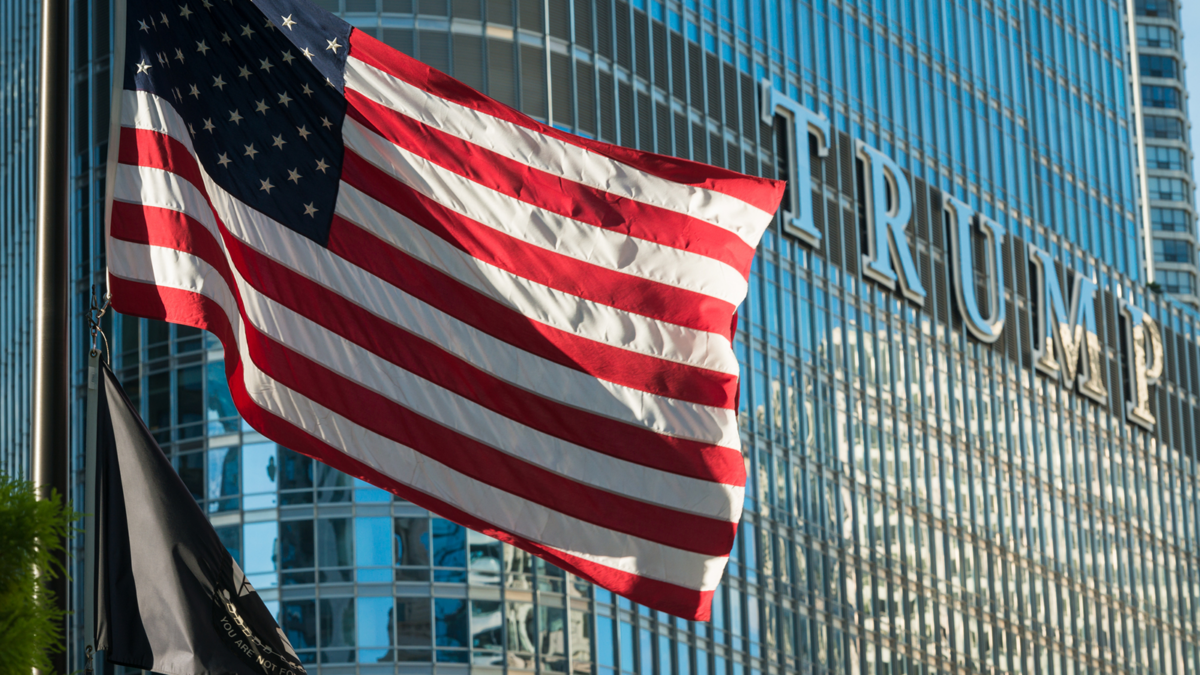In the war over AI’s future, the big guns may have already won
The popularity of OpenAI’s ChatGPT has turned artificial intelligence into a “big-ticket game”, with huge companies battling in what may ultimately amount to a winner-takes-most war, according to Munro Partners’ Nick Griffin, who predicts “whoever has the most data, and the most compute power, generally wins here”.
At the moment, Google leads on the data front, with its access, through Android, Gmail and Google Search, to the vast amounts of data needed to train the so-called large language models now powering advances in AI. Microsoft, likewise, can use data from its entire Office suite of applications to train its models.
And because compute power is not cheap – it costs about $800 million to train a model, Griffin said – big names like Google (now Alphabet) and Microsoft are not likely to give up their leads.
With all their newness, Griffin, a founding partner and chief investment officer at the investment manager, stressed that large language models are one part of a long technology continuum driven by Moore’s law, the observation that integrated circuit transistor capacity doubles every two years.
“That bit’s been constant and will continue – that’s what’s going to happen with AI,” he told advisers and consultants recently at The Inside Network’s Growth Symposium. “The second bit is, how do you actually pick the companies that are going to benefit from this?”
That question is especially key in the technology sector, where the concept of “winner takes most” has uniquely evolved over the last two decades, Griffin said. He cited the examples of Google’s near-total control of the global search engine market and Apple’s domination of profits in phones.
“We’ll see in the long run whether it’s winner takes most” in AI or if a handful of companies emerge as lasting competitors, he said. “But these are concepts that have evolved over 20 years, and they’re going to evolve with AI as well.”
‘Weapons manufacturers’
Despite having “by far the best model in the world”, Google has so far not launched a version of its large language model capabilities for public use, Griffin noted, instead using it in the background to power things like targeted advertising. Companies “haven’t quite worked out how they’re going to monetise” this technology, which thus far is merely costing them, he said.
Microsoft, which recently announced an AI makeover for its Bing search engine through its partnership with OpenAI, has been able to monetise AI to an extent by charging more for access to its AI-enabled programs.
But, while Microsoft may have won an important battle in being a first mover, “the reality is the guys who really monetise a war are the weapons manufacturers”, Griffin said. “And the weapons manufacturers in this war are the semiconductor companies.”
If AI’s explosive growth continues, he added, investors will look to “move up the stack to the most important semiconductors on the planet” – that is, so-called high-performance semiconductors, which only three companies are currently capable of building: Nvidia, Advanced Micro Devices and Intel.
In fact, those companies only design the semiconductors; the chips themselves are made in foundries, and the foundries are owned by either Taiwan Semiconductor Manufacturing Company, Samsung or Intel.
“The last company at the top, the most important company in the world that you’ve never heard of, ASML creates the lithography machines that allow Moore’s law to continue, that allow TSMC to build the chip and Nvidia to design it,” Griffin said. “They’re the weapons manufacturers in this war.”
And while most of these are megacap companies that are already “well understood” from a growth perspective, the fact remains that each is likely too big to be competed away, he said.
“This is the race to shrink, and from our point of view, these companies can’t be disintermediated. I’m not saying ‘never’, but I’ve been asked that question for 10 years, and if anything, their leads have only got bigger.”











